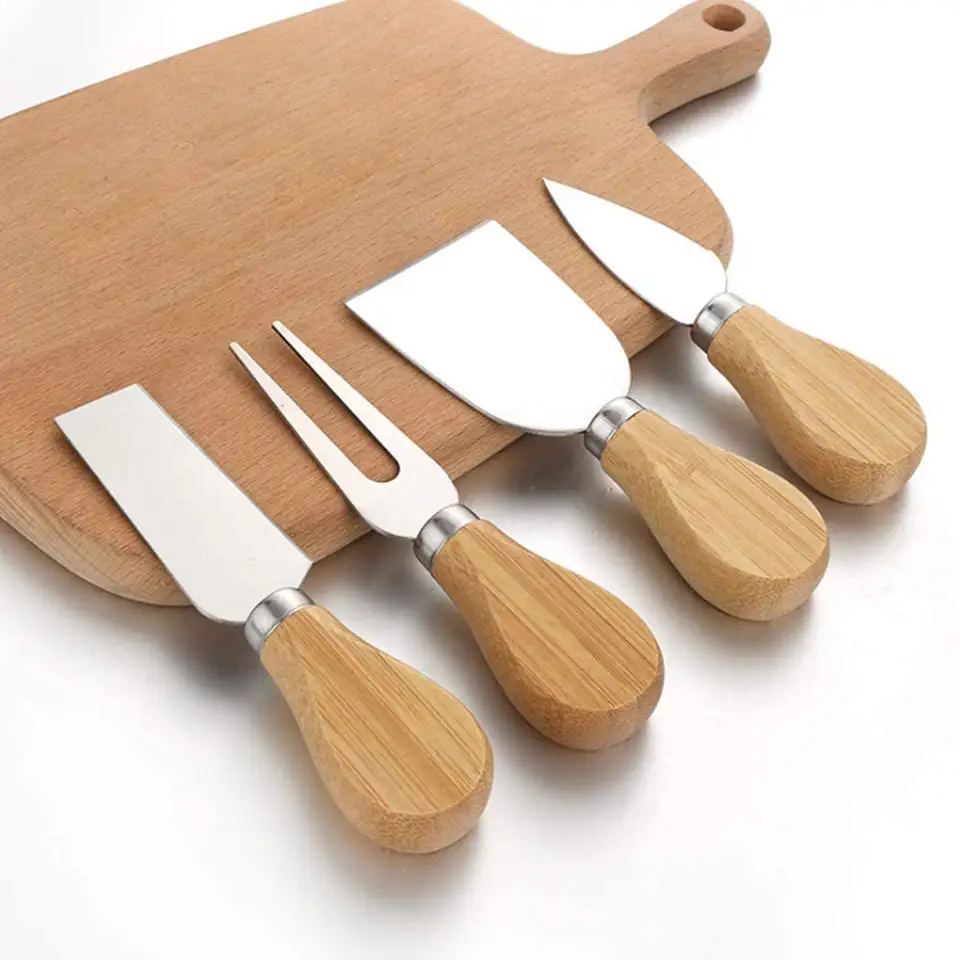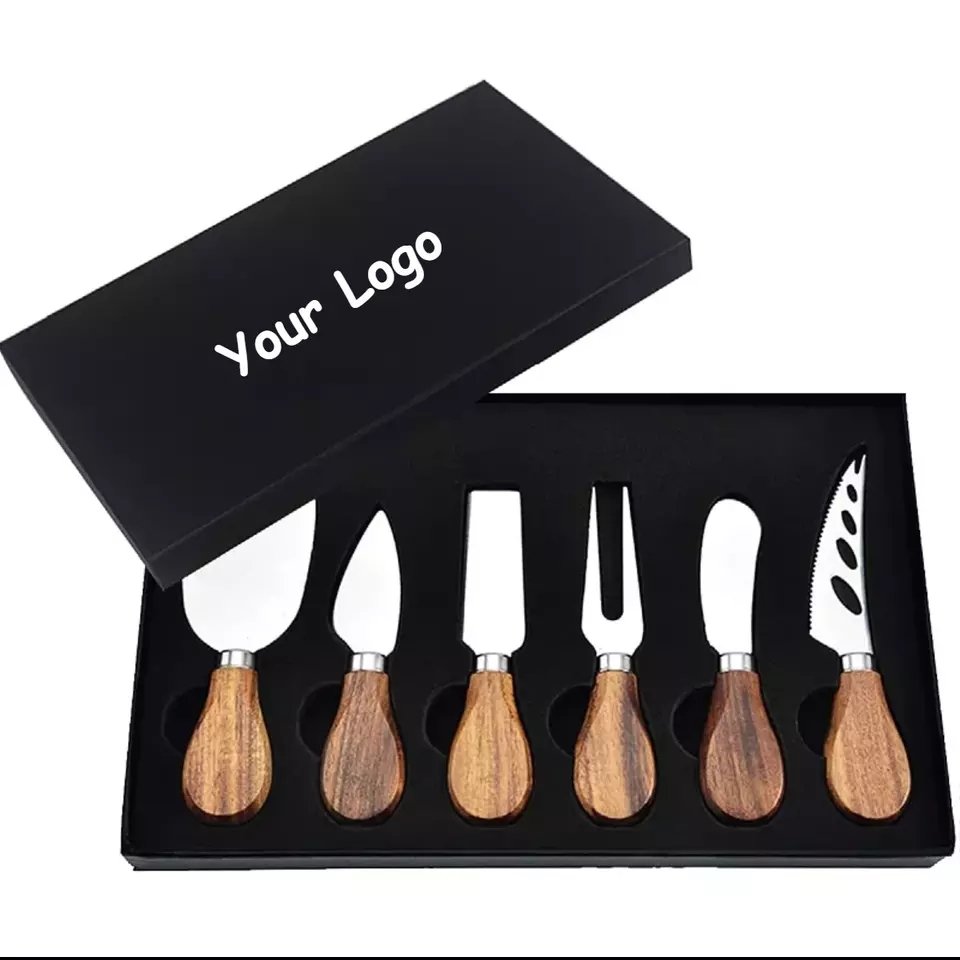Sometimes it’s not your price or quality that breaks the deal—but your lack of tariff strategy.
To avoid heavy losses from unexpected duties, importers must plan smart supply chain routes, diversify sourcing, and align with evolving trade regulations.
The stainless steel cutlery market isn’t just about forks and knives anymore—it’s about routes, policies, and strategy. Many importers learned this the hard way when tariffs hit unexpectedly. In this article, I’ll walk you through smart strategies we’ve used at Brilliant to sidestep these “tariff traps,” and how you can do the same.
Table of Contents
What are tariff traps in cutlery importation?
Sometimes the biggest expense isn’t what you buy—it’s what you didn’t expect to pay.
Tariff traps are sudden or hidden duties, anti-dumping penalties, or classification changes that increase import costs beyond planned budgets.
Identifying the Hidden Costs
Tariff traps can appear in different forms:
– Misclassification of HS codes
– Sudden changes in trade agreements
– Anti-dumping duties
– Rules of origin disputes
These can shift a profitable import into a loss.
Comparing Tariff Impact Scenarios
| Case | Scenario Description | Tariff Rate | Outcome |
|---|---|---|---|
| A | Proper classification (HS: 8215.20) | 0% (FTA) | On-budget |
| B | Wrong HS code (misdeclared as 7323.93) | 25% | 3x Cost |
| C | China-US trade war | 18% retaliatory duty | Buyer canceled |
| D | RCEP country route (via Vietnam) | 0% | Profit maintained |
Key Questions for Importers:
– Are my suppliers using the correct HS codes?
– Do I know the latest policy changes in my target market?
– Have I diversified to countries with trade advantages?
In my early years, I once lost a contract because I underestimated the impact of anti-dumping duties. Since then, I’ve worked closely with customs brokers and built diversified shipping plans to never let tariffs surprise me again.
How can importers manage supply chain risks from tariffs?
Hope is not a strategy. But data and good partners are.
To manage tariff risks, importers should use multi-sourcing, bonded warehousing, and forwarder alliances that optimize duty outcomes.
Tactics to Navigate Duty Uncertainty
– Use Free Trade Agreements (FTA) when possible
– Partner with experienced customs brokers
– Set up bonded warehouse logistics
– Leverage Hong Kong as a tax-neutral transit point
Supply Chain Route Comparison Table
| Strategy | Description | Pros | Cons |
|---|---|---|---|
| Direct from China | Ship directly from Chinese ports | Fast, lowest cost | Tariff-prone |
| Via HK Transit | Declare in HK, ship to EU/US | Tax neutral, legal buffer | Slightly longer |
| Vietnam Final Assembly | Minor processing in Vietnam to qualify for FTA | Tariff bypass | Ethical risks if abused |
| Bonded Warehouse Model | Store in neutral port (e.g. Singapore) | Delay duty payment | More inventory cost |
Questions to Audit Your Strategy:
– Can you reroute in case of policy shifts?
– Do your partners know your risk tolerance?
– Is your shipment documentation clear and correct?
There was one time during the US-China tension in 2019, we pivoted a whole shipment to Malaysia for reprocessing. That single decision saved our client over $12,000 in tariffs.
Should I consider manufacturing in multiple countries?
One supplier can be efficient. But one crisis and you’re stuck.
Yes. Diversifying suppliers across countries reduces tariff risks, shipping delays, and geopolitical vulnerability.
Country Comparison for Cutlery Sourcing
| Strategy | Description | Pros | Cons |
|---|---|---|---|
| Direct from China | Ship directly from Chinese ports | Fast, lowest cost | Tariff-prone |
| Via HK Transit | Declare in HK, ship to EU/US | Tax neutral, legal buffer | Slightly longer |
| Vietnam Final Assembly | Minor processing in Vietnam to qualify for FTA | Tariff bypass | Ethical risks if abused |
| Bonded Warehouse Model | Store in neutral port (e.g. Singapore) | Delay duty payment | More inventory cost |
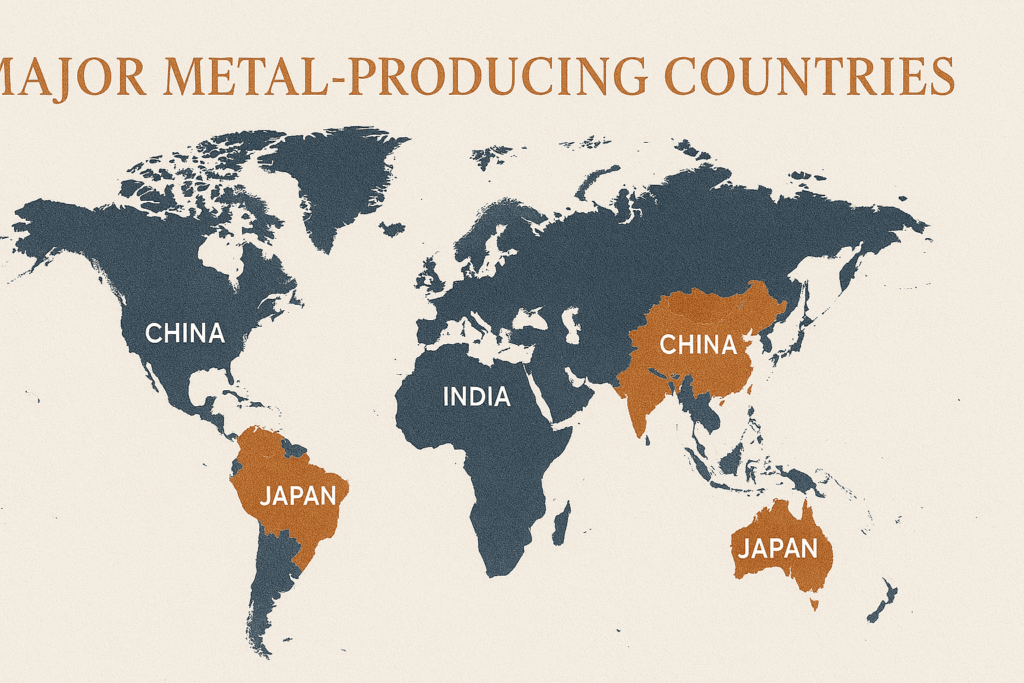
Risk Mitigation via Geography
– Split SKUs: Premium from China, budget from Vietnam
– Use staggered production timelines
– Maintain a buffer stock in low-tariff countries
When one of our Turkish clients was hit with 20% duties on Chinese goods, we helped shift their large spoon SKU to Vietnam temporarily. Within 60 days, their costs stabilized and their supply chain kept running.
Can customs classification help avoid duties?
Sometimes the best way to win is by being technically right.
Correct product classification (HS code) can avoid unnecessary tariffs or anti-dumping duties.
How HS Codes Make or Break Your Costs
– Cutlery classified under 8215 often gets lower duty
– Misclassification under general metalware triggers higher rates
– Need to watch for changes in policy enforcement
HS Code Case Table
| Product Type | Correct HS Code | Common Mistake | Tariff Impact |
|---|---|---|---|
| 18/10 Fork | 8215.20.00 | 7323.93 | +25% duty |
| Gold-plated Spoon | 8215.99 | 7115 (jewelry) | Seizure risk |
| Logo-engraved Set | 8215.20 | 9617.00 | Documentation flagged |
Tips to Stay Compliant
– Ask for written classification rulings
– Review each shipment declaration
– Train staff on HS code sensitivity
I always keep a printed cheat sheet of HS codes per region by my desk. Saved me more than once when a forwarder filled in the wrong number during export rush season.
What role do FTAs and RCEP play for cutlery importers?
Trade isn’t free—but sometimes it’s smarter.
FTAs and RCEP agreements offer tariff reductions or exemptions, helping cutlery importers gain a cost edge if used correctly.
Key FTAs Affecting Cutlery Trade
| Agreement | Member Region | Benefit | Notes |
|---|---|---|---|
| RCEP | China + Asia-Pacific | Tariff phase-out | Gradual, requires CO (Certificate of Origin) |
| China-ASEAN | SE Asia | 0% on many goods | Easy to use |
| EU-China | Partial agreements | Not full FTA | Best to use HK reroute |
| USMCA | US-Mexico-Canada | For Mexico-based suppliers | Rules of origin complex |
Compliance Checklist
– Certificate of Origin (CO) must be prepared in advance
– Declare FTAs at time of import, not retroactively
– Supplier documents must match declared routes
During a big hotel chain project in Europe, we combined RCEP CO with bonded warehouse logistics to ship from China via Singapore. That combo cut duties by 70%.
What are the 4 types of tariffs?
Confused by all the trade jargon? You’re not alone—I used to mix these up too.
The four types of tariffs are ad valorem, specific, compound, and tariff-rate quotas, each affecting your import costs differently.
Definitions and Differences
| Tariff Type | Description | Example | Effect |
|---|---|---|---|
| Ad Valorem | Percentage of product value | 15% of $10,000 = $1,500 | Proportional to price |
| Specific | Fixed charge per unit | $1 per spoon | Easier for customs, riskier for bulk |
| Compound | Mix of both above | 10% + $0.50/unit | Complex but common |
| Tariff-Rate Quota | Low tariff up to a quota, higher after | 5% on first 10,000 units, then 20% | Protects domestic output |
Application in Cutlery Trade
Cutlery often falls under ad valorem tariffs, but some countries apply specific tariffs on mass imports to control quantity.
Once, I had a batch of dinner knives get taxed both ways—percentage and per unit—because the destination country changed policies last minute. Since then, I’ve reviewed all tariff breakdowns with local agents before every shipment.
How can we mitigate the impact of tariffs?
Tariffs don’t have to kill your margin—if you prepare well.
We can reduce the impact of tariffs through smart sourcing, legal reclassification, local warehousing, and proactive contract negotiation.
Mitigation Methods
| Tariff Type | Description | Example | Effect |
|---|---|---|---|
| Ad Valorem | Percentage of product value | 15% of $10,000 = $1,500 | Proportional to price |
| Specific | Fixed charge per unit | $1 per spoon | Easier for customs, riskier for bulk |
| Compound | Mix of both above | 10% + $0.50/unit | Complex but common |
| Tariff-Rate Quota | Low tariff up to a quota, higher after | 5% on first 10,000 units, then 20% | Protects domestic output |
Smart Contract Practices
– Add tariff adjustment clauses with clients
– Lock in long-term logistics costs
– Choose suppliers who offer flexible Incoterms
In one of our projects for a US brand, we negotiated a quarterly adjustment clause linked to tariff rate changes. This way, the buyer felt safe, and we stayed profitable even during policy turbulence.
How can tariffs affect supply chains?
A 10% duty isn’t just 10%. It ripples through the entire chain.
Tariffs can impact raw material sourcing, production timelines, inventory costs, and even B2B relationships across the supply chain.
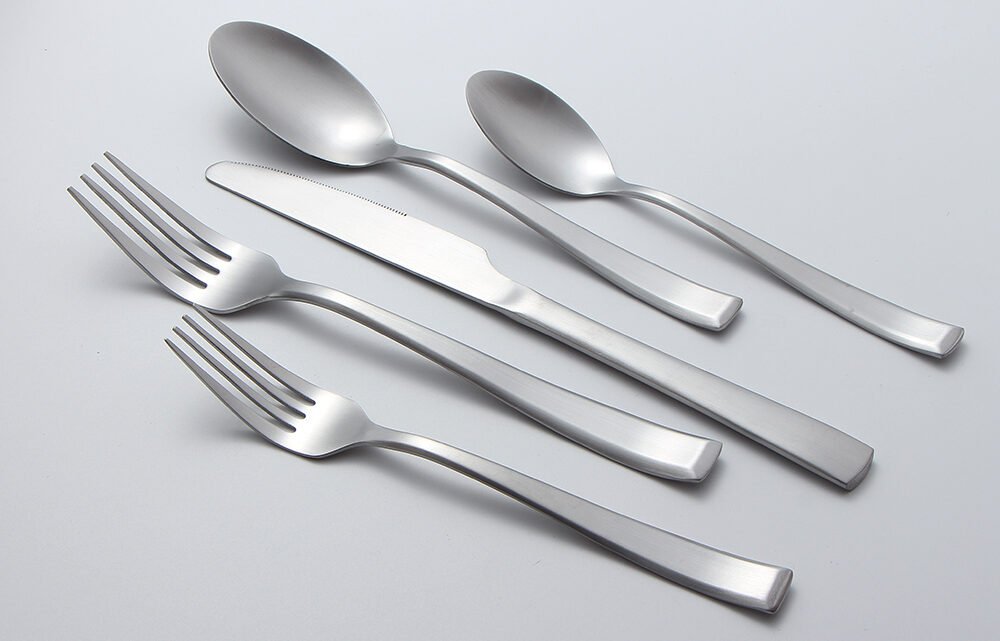
Disruption Points
| Supply Chain Stage | Tariff Impact | Business Risk |
|---|---|---|
| Procurement | Higher input cost | Sourcing shifts |
| Production | Change in location or capacity | Timeline delays |
| Transport | New routes or ports | Longer lead time |
| Distribution | Tariff-inflated pricing | Client pushback |
Behavioral Shifts
– Buyers may switch to local options
– Distributors delay large orders
– Brands reduce SKU diversity
During 2020, I watched one German client pause all Chinese imports for three months due to sudden EU tariff announcements. Our flexible Vietnamese line kept them supplied while China negotiations resumed.
How do tariffs work for dummies?
Don’t let the term scare you—it’s just a border fee with rules.
A tariff is a tax that countries charge on imports. It affects how much you pay to bring goods across borders.
Basic Flow of Tariff Application
1. You order goods from another country.
2. Your goods are assigned an HS code.
3. The country you’re shipping to checks that code against its tariff list.
4. Based on that, they charge you a fee before releasing the goods.
Visual Guide
| Step | What Happens | Who Pays | Example |
|---|---|---|---|
| 1 | Importer buys from abroad | Importer | I buy 10,000 forks |
| 2 | Customs checks HS code | Customs | 8215.20: tableware |
| 3 | Tariff % applied | Importer pays | 15% duty = $1,500 |
| 4 | Product enters market | Retail price includes tariff | Markup to $1.80 per fork |
Everyday Analogy
Think of it like entering a theme park. You pay at the gate before using any rides. Tariffs are that entry ticket, charged based on what you’re bringing in.
When I explain tariffs to new clients, I use a pizza delivery metaphor: the pizza (your goods) has a base cost, but the delivery fee (the tariff) depends on where you’re sending it. That helps them see why two similar orders may have very different landed costs.
Avoiding tariff traps isn’t luck—it’s strategy. With the right partners, routes, and classifications, we can stay ahead of trade shifts.



